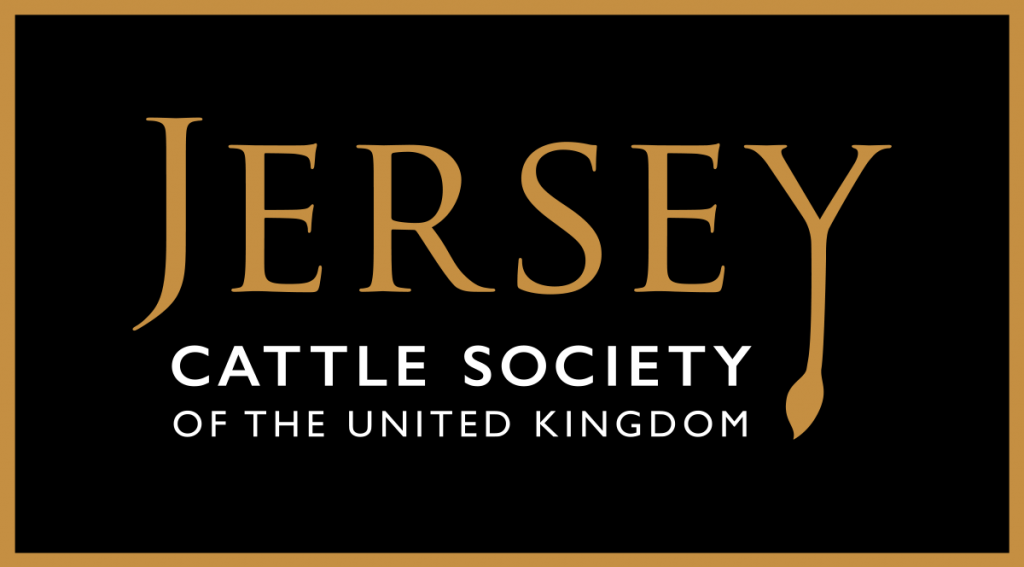WHY JERSEY?

Quality Milk
High Value Composites: On average the Jersey cow produces 5.45% butterfat and 3.88% protein, with yields of up to 6113kgs of milk.
Longevity
Lifetime production of a Jersey cow sees on average production performance maintained up to the 8th lactation and beyond.
Produce Versatility
The range and quality of dairy produce from a Jersey cow offers regional, national and international outlets for milk, cream, butter, ice cream and yogurt.
Efficiency
Feed Conversion: The Jersey cow is more efficient at converting grass into weight of fat and protein.
MANAGEMENT TRAITS
CALVING INTERVALS
Calving Intervals average at 399 days. Benefits of a reduced calving interval include increased milk production, as the cows have a longer lactation and also a tighter calving pattern.
Somatic Cell Count
The average herd has a Somatic Cell Count of 177. The Somatic Cell Count (SCC) is the main indicator of milk quality. Any SSC count of 200 or less is recognised as low. High SCC’s usually reflect the decreased quality of the milk produced and how mastitis can affect its constituent parts, having implications for its keeping abilities, its taste and how well it can be made into other dairy products such as yoghurt or cheese.
Strong Hooves
Jerseys are well-known to be less susceptible to lameness because of their black hoof colour which makes their hooves very hard and more robust.
Stocking Levels
Stocking levels for a Jersey cow can be up to 2.5 animals per acre of good quality grazing pasture.
Management Versatility
The Jersey cow is adaptable across a range of farm management systems, from outdoor grazing systems (where nearly all the yield, weight of fat and protein can be produced from grass) through to more intensive indoor management systems.
Milking systems: Many Jerseys herds are now using robotic systems as well as traditional parlours.
THE OUTCOME?
Business Profitability
The Jersey cow continues to have the ability, not only to compete against other dairy breeds and to add value to existing farming businesses, but to also operate on a larger commercial scale to meet the requirements of today's market place.
The excellent Jersey advantages provides breeders and farmers alike with a viable dairy business solution and a strong place in the future dairy market.
